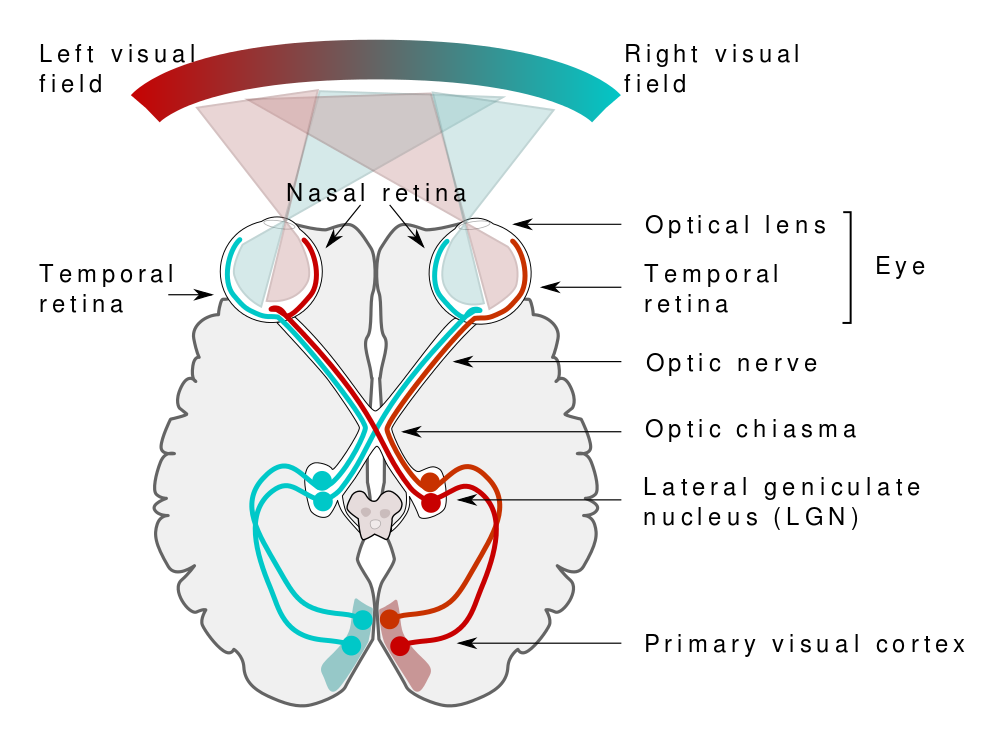What is Visual Literacy?
The basic definition of visual literacy is the ability to read, write and create visual images. It is a concept that relates to art and design but it also has much wider applications. Visual literacy is about language, communication and interaction. Visual media is a linguistic tool with which we communicate, exchange ideas and navigate our complex world.
The term “visual literacy” was defined in 1969 by John Debes, the founder of the International Visual Literacy Association, as:
“Visual Literacy refers to a group of vision-competencies a human being can develop by seeing and at the same time having and integrating other sensory experiences. The development of these competencies is fundamental to normal human learning. When developed, they enable a visually literate person to discriminate and interpret the visible actions, objects, symbols, natural or man-made, that he encounters in his environment. Through the creative use of these competencies, he is able to communicate with others. Through the appreciative use of these competencies, he is able to comprehend and enjoy the masterworks of visual communication.” – John Debes, 1969
Since this definition by Debes, researchers and practitioners have re-defined ever more complex definitions that reflect the breadth of its applications. The term itself takes on different meanings in different contexts and you will therefore encounter new ideas in education, science, graphic design, art, technology, philosophy and so on.

Visual literacy is, by nature, an organic concept that requires us to continually define and re-define its meaning as our world changes. Digital technology has greatly impacted our understanding of visual literacy as we now see children growing up with tablets and computers and what appears to be highly developed visual literacy instincts. But are they instincts, or are they picking up this new ‘language’ as a result of their interactions with digital technologies? These, and many more, are the questions that we ask and explore on this website. We welcome you to put forth your own definition of visual literacy so that our collective knowledge can continue to inform progress in this important field.
Kristen Harrison, Founding Editor
